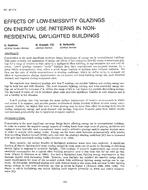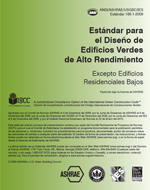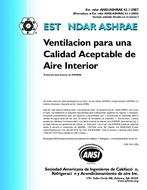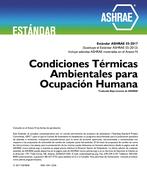Description
Fenestration is the most significant envelope design determinant of energy use in nonresidential buildings. This paper presents our assessment of energy use effects of low-emissivity (low-E) versus conventional ings for a range of window-to-wall ratios in a daylighted office building, in representative hot and cold climates. Low-E glazings transmit “cooler” daylight than their conventional counterparts because, for a given visible transmittance, they reflect a much larger fraction of incident solar infrared radiation. We thus use the ratio of visible transmittance to shading coefficient, which we define as Ke, to compare the effect of representative glazing characteristics on component and total-building energy use, peak electrical demand, and required cooling equipment sizes.
We conclude that insulated glazings with low coatings can provide lighting and cooling energy savings in both hot and cold climates. The most dramatic lighting, cooling, and total electricity energy savings are achieved for increases of Kes within the range of 0.5 to 1.0; higher Kes provide diminishing savings. The increased R-value of low-E insulated glass units provides significant benefits in cold climates and is not a liability in hot climates.
Low-E glazings also help increase the mean radiant temperature of interior environments in winter and reduce it in summer, and provide greater architectural design freedom without adverse energy consequences. Further, the higher first costs of these glazings may be more than offset by savings from smaller cooling equipment, energy and peak-demand cost savings, long-term financial gains from better rentals, and increased productivity due to improved occupant comfort.
Units: Dual
Citation: Symposium, ASHRAE Transactions, 1987, vol. 93, pt. 1, New York, NY
Product Details
- Published:
- 1987
- Number of Pages:
- 14
- File Size:
- 1 file , 1.3 MB
- Product Code(s):
- D-NY-87-17-4




